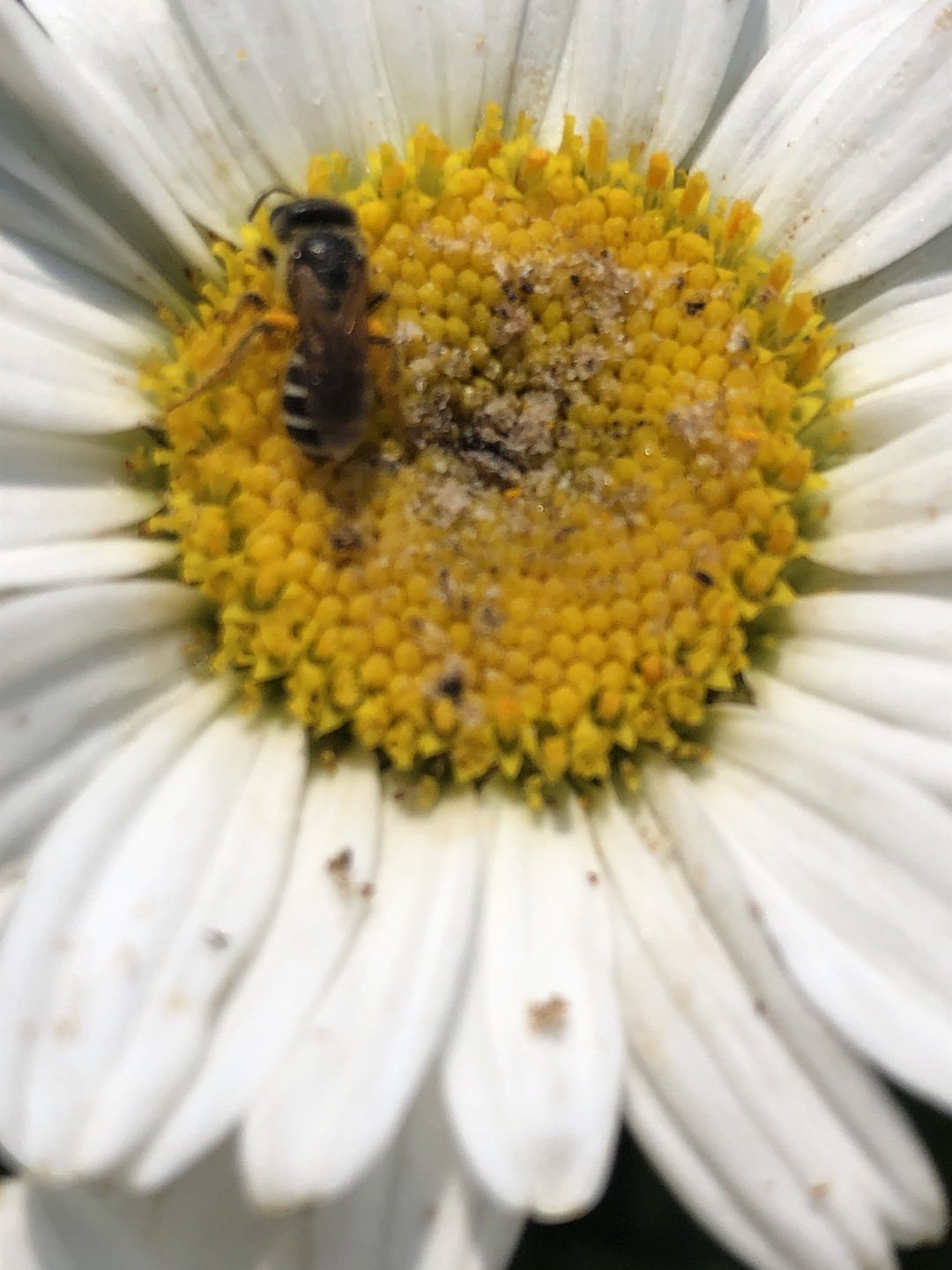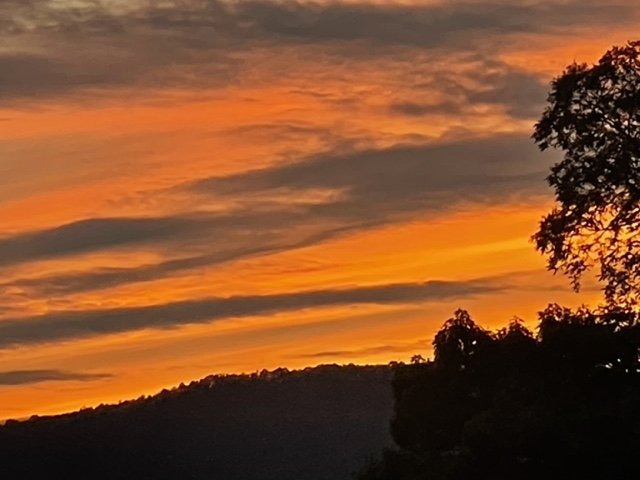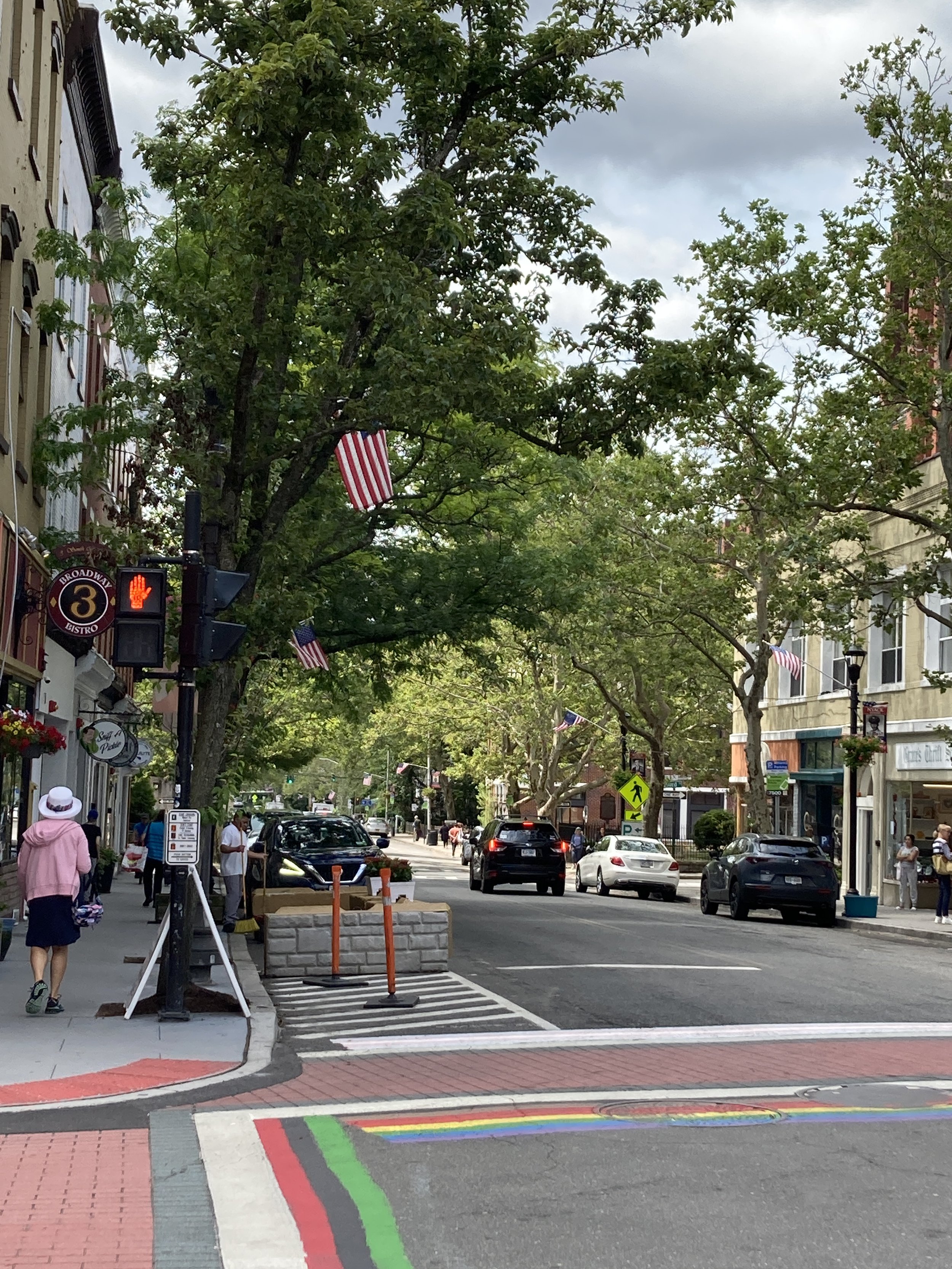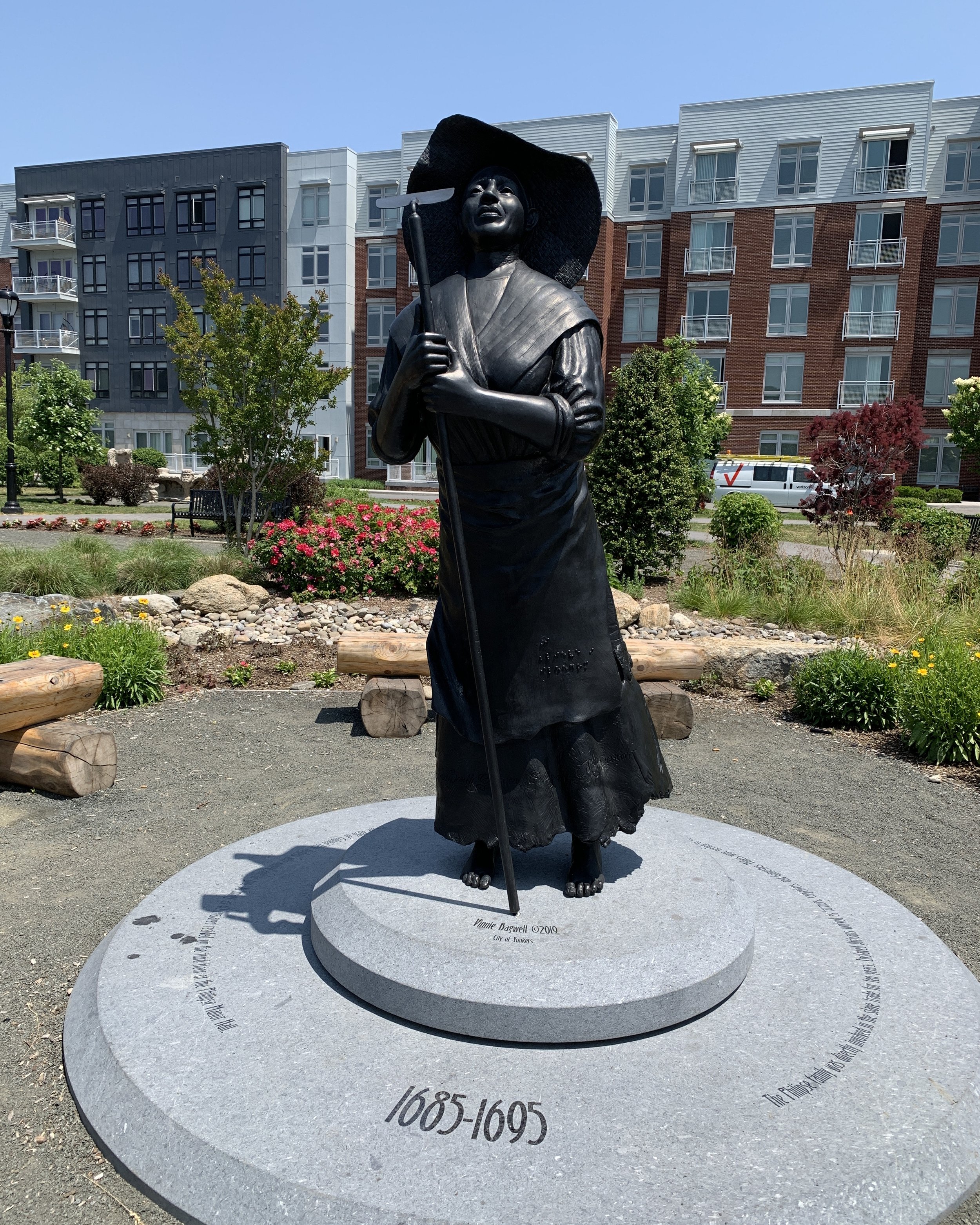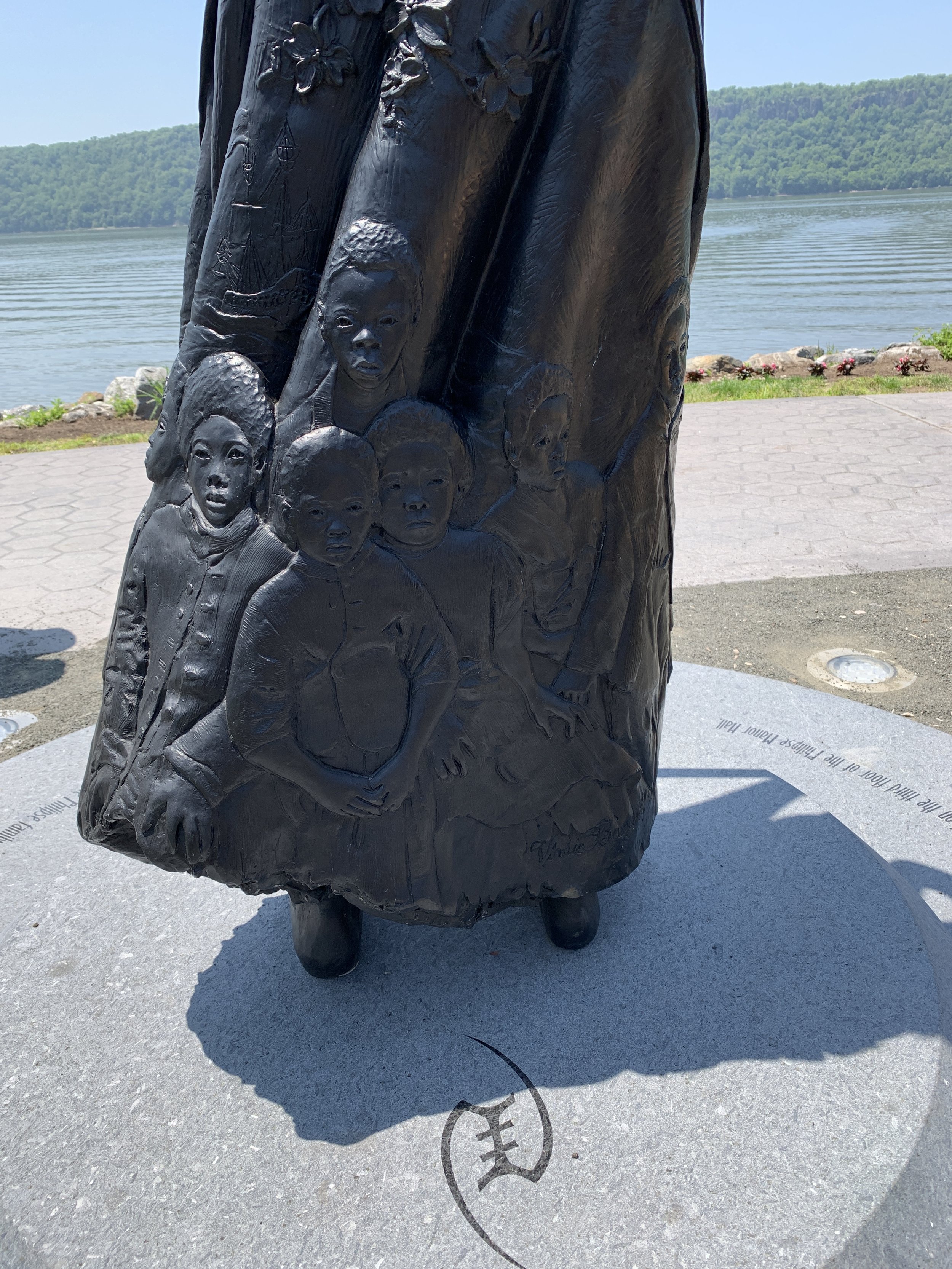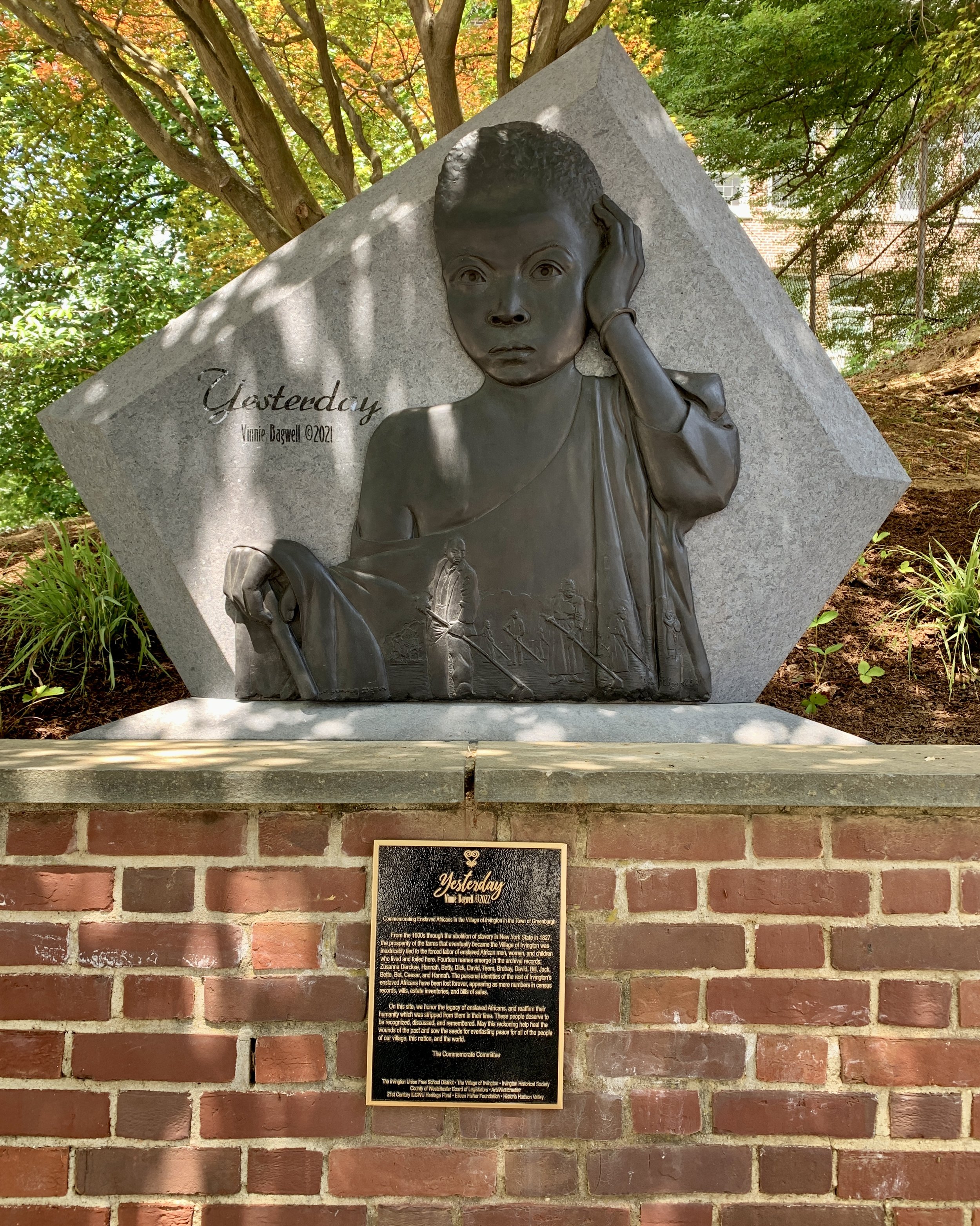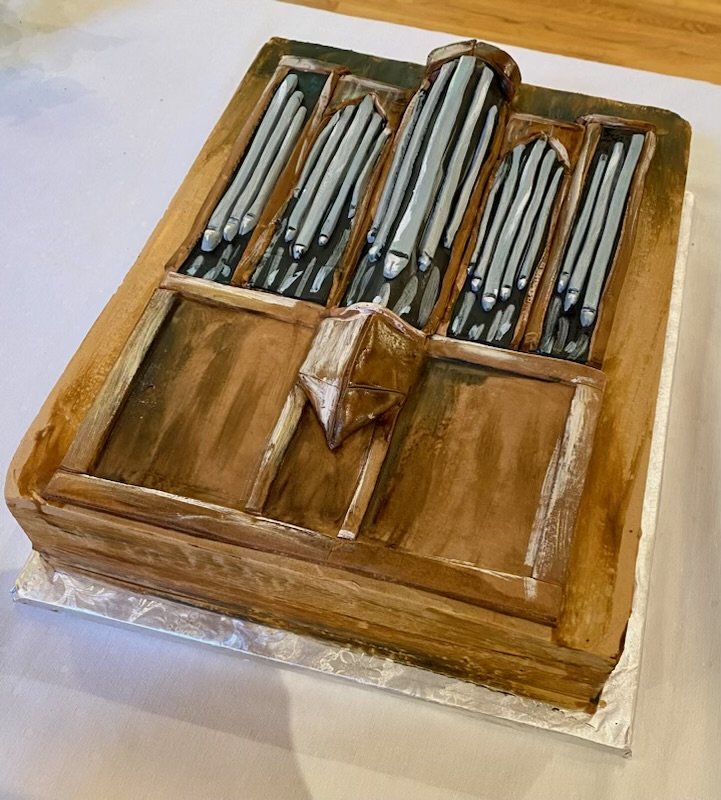JULY 3: INTERNATIONAL DROP A ROCK DAY
International Drop a Rock Day encourages creative inspiration by painting designs on small rocks, then hiding them for others to find. It’s all about art, kindness, inspiration, serendipity, small rocks, and paint! Rock artwork brings smiles of delight to whoever finds them!
No matter the artistic skills, on this day, the goal is inspiring kindness, creativity, fun, and joy in both the artist and the finder.
For the last 7 years, on July 3, thousands of people around the world go on a rock hunt while thousands more make what is being searched for. Both makers and searchers have one thing in common — they have fun and share kindness. International Drop A Rock Day was originally founded by The Word Rocks Project in 2015. The Kindness Rock Project has joined them. Each year, they choose theme words or phrases for the celebration and rock painting. Themes have been “Together” (2020), “Be The Light” (2021), “Harmony” (2019), and “You Matter” (2018). This year’s theme is “You Matter.”
JULY 4: ALICE IN WONDERLAND DAY
Today is a special day for celebrating and honoring the world-renowned story of Alice in Wonderland. Throughout the years, the book has been adapted into numerous Alice movies and productions. The first film adaptation came out as a silent film in 1903. The first sound version premiered in 1931. The Disney Cartoon Classic of Alice in Wonderland came out in 1951. A stage version in 1982 called “Alice at the Palace” starred Meryl Streep. Alice in Wonderland has also been adapted as a ballet production, an anime version, an opera, a made-for-television show called, “Alice Through the Looking Glass,” and a sci-fi miniseries called simply “Alice.”
Author Lewis Carroll, whose original name was Charles Lutwidge Dodgson, was born in Cheshire, England. He loved how children viewed the world and often told them made-up stories. One child in particular he enjoyed telling stories to was his friend Henry Liddell’s daughter, Alice. On July 4, 1862, Dodgson told Alice and her two sisters a made-up story of a girl whose name just happened to be Alice. The girl had fallen down a rabbit hole. During her time in the rabbit hole, Alice met all kinds of peculiar creatures. Dodgson eventually wrote the story down and published it in 1865. The story is packed with a host of silly, crazy, weird, and enjoyable characters, such as The Mad Hatter, Queen of Hearts, King of Hearts, Cheshire Cat, White Rabbit, Dodo, and March Hare. Alice’s Adventures in Wonderland is one of the best-selling children’s books of all time. It has never been out of print. The book has also been translated into nearly 200 languages. Sequels include Through the Looking Glass and What Alice Found There.
JULY 5: MECHANICAL PENCIL DAY
Mechanical Pencil Day is celebrated around the world. The stars of the day — mechanical pencils — have many uses in the classroom and workplace. Pencils are often used not only for calculations but other writings to avoid making an error and being stuck with it. Mechanical pencils make writing and design easier. Mechanical Pencil Day celebrates this marvelous invention and encourages more people to take up the lost art of writing with pencils.
Pencils have been around for quite some time. The first were created at the time when graphite mines were being discovered in Europe in the early 16th century. The first prototype was designed in 1565 by Conrad Gesner, a Swiss naturalist and bibliographer. The first pencils were graphite sticks wrapped in string. Later, they were inserted into wooden tubes so they could be sharpened. (Easier to write with a wood pencil, too).
The first mechanical pencil was developed in 1822 in Britain by Sampson Mordan and John Isaac Hawkins. These pencils had tools to move the lead. Presto, no more manual sharpening. Today mechanical pencils come in three types: rachet-based, clutch-based, and screw-based. Mechanical pencils are available in different varieties of lead widths and frames, including plastic, metal, or wood. Though mainly used for writing, they are very useful for creating art and designs, too, making it easier to create fine details. And of course, there’s no need to use a pencil sharper.
JULY 6: INTERNATIONAL KISSING DAY
No matter which type of kiss you prefer, International Kissing Day is the perfect time of year to celebrate this simple but powerful gesture. From French kissing to a formal kiss on the hand to a kiss hello and a kiss goodbye, kissing is an age-old practice with significance that extends far beyond romance.
We can thank the Romans for the widespread practice of kissing. They described kissing in three forms: the osculum (a friendly peck on the cheek), the basium (a loving kiss on the lips), and the savium (the most passionate of kisses on the mouth). In Roman society, when, where, and how you kissed someone was an important indicator of social status. And they went so far as to create laws around the act, stating that if a virgin was kissed passionately in public, she could demand full marriage rights — the Romans didn’t mess around.
National Kissing Day is all about showing your love and improving your health. That’s right, kissing is actually good for you. It relieves stress, burns calories, and benefits your immunity. With so many perks, why wouldn’t one want to celebrate,? So, pucker up!
JULY 7: WORLD CHOCOLATE DAY
World Chocolate Day allows chocolate lovers around the world to indulge in their favorite treat without any guilt. The day also celebrates all kinds of goodies made from chocolate, including chocolate milk, hot chocolate, chocolate candy bar, chocolate cake, brownies, or, really, anything covered in chocolate.
Chocolate comes from the seed of the tropical Theobroma cacao tree. Cacao has been cultivated for at least three millennia and grows in Mexico, Central America, and Northern South America. The earliest known documentation of using cacao seeds is from around 1100 BC.
There are 4 common types of chocolate: unsweetened baking chocolate, sweet chocolate, milk chocolate, white chocolate. Most people love chocolate. In fact, nine out of ten people love chocolate. About 1 billion people eat chocolate every day. Besides the fact it tastes so good, there are some health benefits of chocolate. Chocolate increases serotonin and dopamine levels, which helps to boost the mood. Dark chocolate can also be especially good for you. It is a powerful source of antioxidants, plus it helps to improve blood flow, lower blood pressure, and reduce the risk of heart disease. Every year, World Chocolate Day allows chocolate lovers around the world to indulge in their favorite treat without guilt. Remember: you’re not eating it because it’s delicious. You’re eating it for your health. (Uh huh . . . )
JULY 8: BE A KID AGAIN DAY
Every “Be a Kid Again Day,” stop what you are doing and immerse yourself in your childhood memories. This special day is about taking a break from being an adult and going back to being the carefree kid. It’s the perfect day to channel in your inner child and forget all the worries of the world — including your responsibilities and work pressures. The purpose of the day is to live these 24 hours to the fullest, without stressing about the future. Let out that joyful, innocent kid that’s still deep down there in all of us.
Society demands adults to behave seriously and let go of anything that may be “childlike." Psychology, on the other hand, says a youthful attitude is the key to eternal happiness. Before this special day came along, studies showed how being a child at heart can benefit people. Yes, you are as old as you feel, and still knowing how to indulge your inner child once in a while can actually have a positive impact on your vitality.
Celebrate Be a Kid Again Day by letting your inner child out to play! This day was created to remind us all of the joys of childhood, when life seemed simpler and carefree. From playing tag with friends in the park, enjoying ice cream sundaes or having a pillow fight in your bedroom. Relive those happy memories. Go ahead and let yourself be silly, have fun and enjoy being a kid again!
JULY 9: BARN DAY
On Barn Day we pay homage to the heart of every farm. Sometimes built even before the main house, they are historically the center of the farm, usually accommodating animals, grain, hay, and equipment. In fact, the word ‘barn’ comes from the Old English word for “bere,” or barley, and “aem,” meaning storage space.
The practice of building barns in the US started with Europian settlers who brought ideas from their homelands, influencing the type of barns built at the time. Many modern barns took inspiration from the three-aisled medieval barns, also called monastic barns. The familiar English barn design was popular throughout North America. Later on, different barn designs were developed according to the changing needs of the farmers. Whatever the design, barn raising was always an integral part of farm culture. Barns protect the farmers’ livelihood, and building one wasn’t easy, considering their size. Neighbors came together to help build barns for their community. Women and children would prepare food and bring tools to the men working on the barn. A crew would construct a recognizable barn within a day’s work as well as build friendships along the way. Once the barn raising was done, people would gather for a barn dance. These social events brought people of all ages together to celebrate harvests, weddings, and holidays.
















